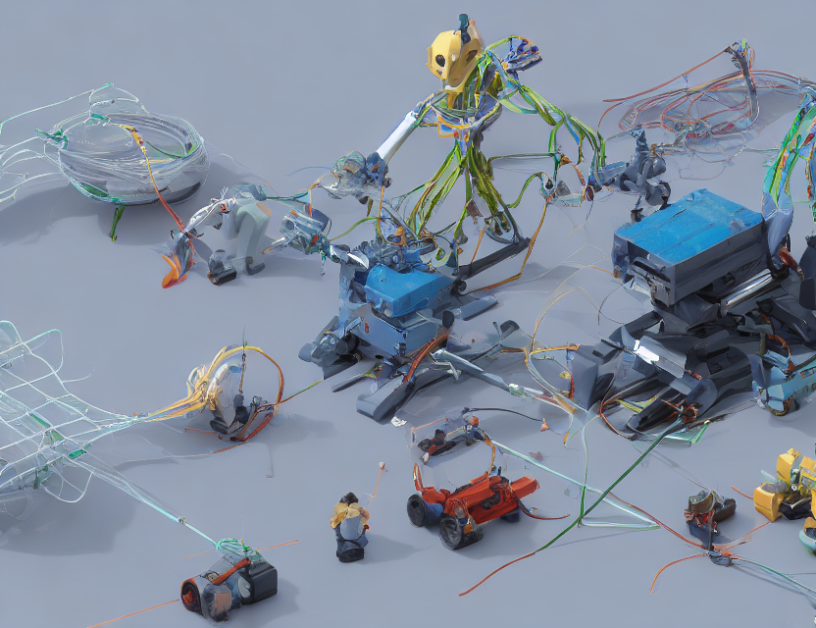Soft robotics is a rapidly growing field that involves designing robots made of soft, flexible materials instead of rigid ones. However, simulating these soft robots can be challenging due to their complex behavior and deformation. In this article, we review the different methods used to simulate soft robots, specifically focusing on those based on continuum mechanics.
Continuum Mechanics
Continuum mechanics is a mathematical framework used to describe the behavior of materials that can be deformed without breaking. It is commonly used in physics and engineering to model solids, but it can also be applied to soft robots. In this context, continuum mechanics helps us understand how materials like rubber or silicone behave when they are stretched, compressed, or bent.
Simulation Methods
Several methods have been developed to simulate soft robot behavior using continuum mechanics. These can be broadly classified into two categories: finite element method (FEM) and discrete element method (DEM). FEM divides the material into small elements and uses numerical integration to solve the equations of motion, while DEM models each individual particle in the material and simulates their interactions.
Another avenue for simulating soft robotics involves using classical continuum mechanics methods, such as the Kirchhoff rod model or the Cosserat rod model. The Kirchhoff rod model is simple and efficient but assumes that the material is unshearable and unstretchable, while the Cosserat rod model is more accurate but requires a larger number of degrees of freedom (DOFs).
Elastica
Elastica is a popular framework for simulating soft robots using the Cosserat rod model. It models soft links as Cosserat rods and has been extensively physically validated. However, it uses an explicit integration scheme that requires small time step sizes to maintain numerical stability, which can be computationally expensive.
DisMech
Discrete Mechanics (DisMech) is a new framework for simulating soft robots using the discrete element method (DEM). It models each individual particle in the material and simulates their interactions, allowing for a more accurate representation of the nonlinear behavior of soft materials. DisMech also has a more intuitive representation of strains compared to other methods, making it easier to use. However, it can be computationally expensive and may require large time step sizes to maintain numerical stability.
Physical Validation
To validate the accuracy of these simulation methods, we performed several physical experiments using a cantilever beam. We compared our results with both theoretical solutions and the state-of-the-art framework Elastica. Our results showed that DisMech provided the best tradeoff between computational time and number of iterations, while Elastica suffered from numerical instability when simulating stiff materials.
Conclusion
In conclusion, simulating soft robots using continuum mechanics can be challenging due to their nonlinear behavior and deformation. However, various methods have been developed to overcome these challenges, including FEM, DEM, the Kirchhoff rod model, and the Cosserat rod model. DisMech is a promising new framework that provides a more accurate representation of soft robot behavior while being computationally efficient. By understanding these simulation methods, researchers can develop better control algorithms for soft robots and improve their performance in various applications.



